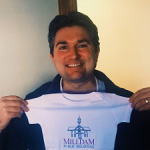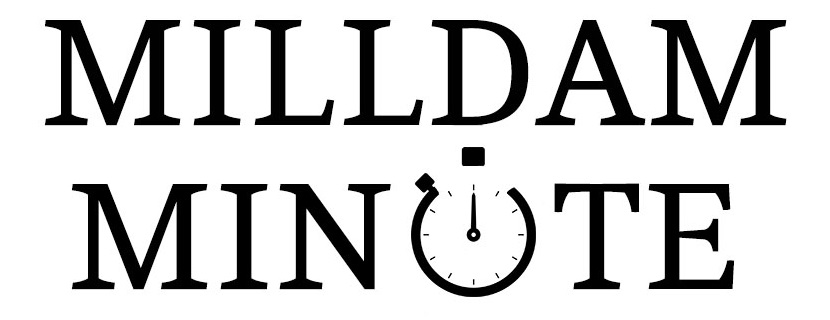As journalism continues to evolve in this digital age, companies seeking to utilize media: newspapers, tech journals, magazines, business journals, online outlets, etc., have also had to adapt to a new (and at times, a seemingly fluid) set of rules and best practices in order to get their messages broadcast. Those working in Public Relations to help achieve this goal must keep up with these changes as well.

Recently, members of Milldam PR attended a seminar held by the Boston office of Business Wire titled: Maximizing Press Release ROI. Serena Ehrlich, Director of Social and Evolving Media for the company was the event’s featured presenter. Her talk touched on a number of important areas around the crafting and pitching of press releases, although her research into the changing priorities of reporters was especially illuminating.
As social media and digital news outlets have taken an impactful role in most of our lives, the goals of reporters have also changed to reflect this. Where once a journalist crafted or entertained interesting story pitches before researching and writing an article to be fact checked and published, the process is no longer as streamlined or slow-paced. A newspaper or magazine’s success was measured in ads sold, increase in subscription, and editions purchased. While these metrics still apply, the dominance of digital media has forced writers to view success through an additional lens. According to Ehrlich, reporters are increasingly judged on article “clicks” and not their quality. Additionally, stories that inspire activity with the audience through social shares: Retweets, Facebook likes/shares, LinkedIn postings, etc. have also become a benchmark when evaluating whether an article was worthwhile. Ultimately, the “only good content is seen content” as Serena pointed out, which has surely changed the landscape of how a reporter chooses which stories to cover. When it comes to writing a press release, these are new factors that we all need to consider.
While Maximizing Press Release ROI covered a variety of topics, there were a few valuable points that are worth sharing to help both marketing departments and Public Relations professionals as they work to get your news noticed.
- Research Keywords When Writing Headlines. A well-crafted headline increases the ROI of every press release. In addition to helping get the news noticed by the reporters you’re targeting, headlines with terms that resonate with your audience also increase the chances that the release will be organically shared over social networks, drive inbound traffic, and ultimately help with sales. As Ehrlich noted (paraphrased): take the time to identify the keywords in the body of your press release, enter them into Google Trends, and see which ones are the highest searched terms. These should be the words that are featured in your headline. A simple process, yet one that will help you gain more positive results.
- Increase Coverage of Your Press Release by Including Multimedia. While an added expense when placing press releases on the wire, attaching media (photos, videos, etc. before the news gets broadcast) presents a strong case:. Serena reports that 47% of reporters receive 25+ unsolicited pitches a day, 16% of television reporters receive 100+ pitches a day, and 53% of reporters use a newswire service each day. The inclusion of multimedia makes a difference in getting your release to stand out in a crowd as well as helps the odds that the news will be reported, as a story with an accompanying attractive graphic is simply more appealing and interesting for the viewer. The benefits also go beyond news reporting; press releases with images or videos get 3X more engagement and impressions than plain text news.
- Don’t Overlook the Benefits Social Media Can Have on PR. Ehrlich reports that the average consumer sees 5,000 messages per day. While social media platforms use their own algorithms to determine content, people invariably trust the endorsements of their peers e.g. friends, family, coworkers. Getting these endorsements are always worth the effort, both for the additional exposure through social shares, but also because reporters often look at these metrics to determine whether a story was a success, whether they should write a follow-up piece, and whether the source is resonating with the audience sufficiently so that they should become a valued resource for the future. At a higher level, analysts also read what the reporters are writing, and so a little bit of effort in generating community support for your press release at the beginning can yield larger benefits down the road.
While digital media and social platforms have changed the face of traditional journalism, they have also opened new opportunities to get your press release noticed. These are just a few basic best practices to remember as you (or your PR firm) craft future press releases, based on information gained from the wire service itself.
 Brendon Stellman authors the column “Pure BS” and is Vice President, Director of Client Relations for Milldam Public Relations.
Brendon Stellman authors the column “Pure BS” and is Vice President, Director of Client Relations for Milldam Public Relations.




